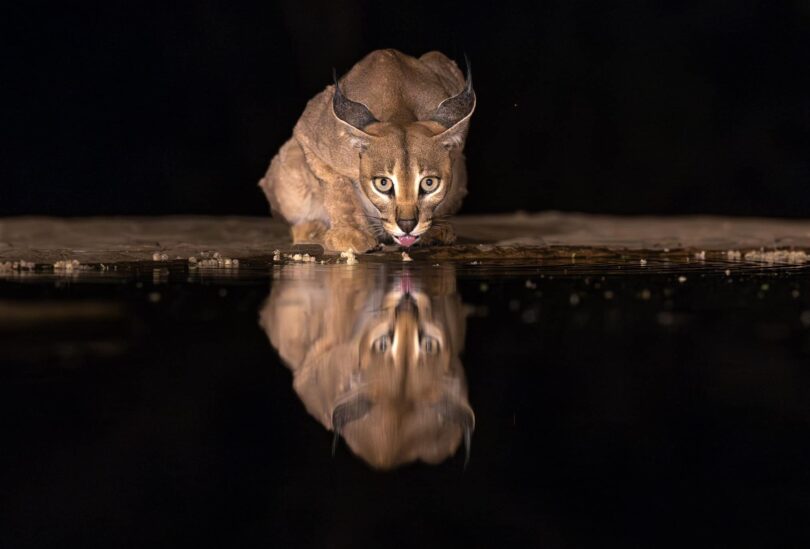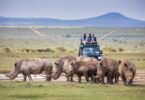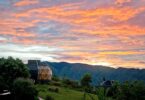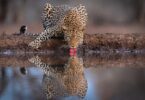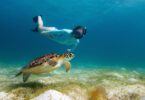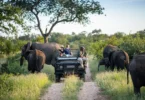Photo/Paras Chandaria Wildlife Photography/Facebook
Kenya ranks best wildlife photography destination in the world, a new incise survey indicates. A recent study by Go2Africa, a South African travel portal, has crowned Kenya the king of wildlife photography destinations.
While Kenya is undeniably a safari powerhouse, its offerings extend far beyond the iconic Masai Mara and the majestic backdrop of Mt Kilimanjaro at Amboseli National Park. Birders flock to the dazzling Rift Valley lakes: Naivasha, Nakuru, Bogoria, and Baringo. Each boasts a unique ecosystem teeming with avian life.
Table of Contents
Kenya Ranks Best Wildlife Photography Destination
The study analyzed a staggering 70 million images on Flickr, revealing that Kenya boasts the most wildlife photos captured by globetrotters. Over 584,000 wildlife photos, representing a significant 20.69% share, were uploaded by travellers who visited Kenya. This dominance isn’t just about volume.
Kenya is a true wildlife paradise, teeming with over 25,000 animal species, 7,000 plant species, and a diverse collection of fungi and bacteria. Tourists flock to witness the iconic Big Five. Lions, leopards, elephants, African buffaloes, and rhinoceroses, all roaming freely in Kenya’s vast landscapes. Their beautiful presence cements the reasons why Kenya ranks best wildlife photography destination.
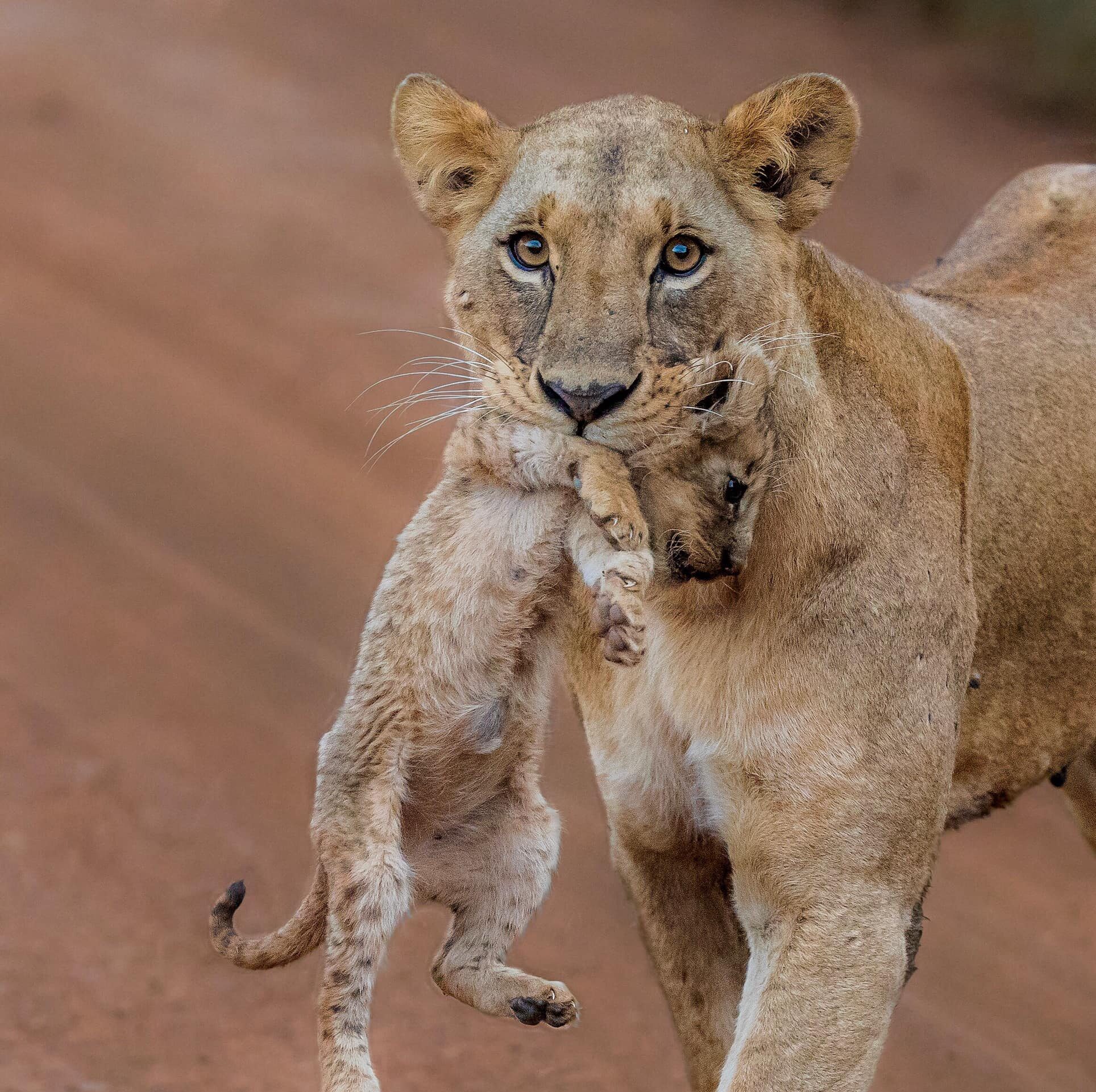
Kenya wildlife photography. Paras Chandaria Wildlife Photography/Facebook
Laikipia and Maasai Mara conservancies showcase a remarkable model of community-driven wildlife conservation with incredible images captured from decades ago. It is in Laikipia that you will witness firsthand how local communities play a pivotal role in protecting Kenya’s precious wildlife heritage. For those seeking a more adventurous safari experience, Meru National Park awaits. Untamed landscapes and a sense of wildness define this hidden gem.
While Kenya reigns supreme, Canada follows closely with over 156,000 wildlife photos out of a total of 765,000 images. Singapore rounds out the top three, showcasing the global appeal of wildlife photography.
Who is the Best African Wildlife Photographer?
While still on Kenya ranks best wildlife photography destination subject, South African wildlife photographer Greg du Toit is the best in Africa. He’s an award-winning artist who has spent decades living and breathing the African bush. This deep connection allows him to capture wildlife in a way that transcends mere documentation.
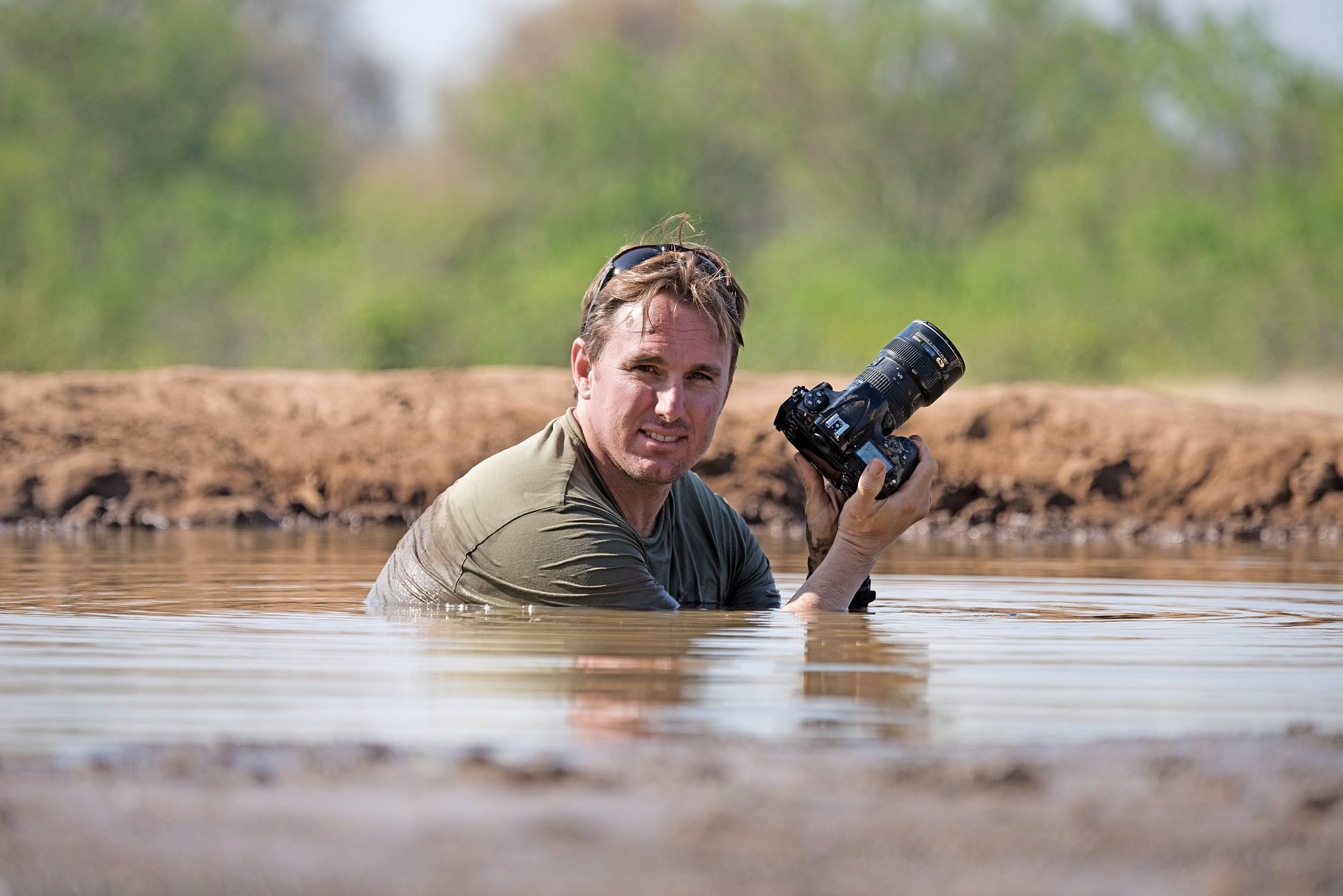
Africa’s award-winning wildlife photographer, Greg du Toit from South Africa. Photo/CGTN
Du Toit’s signature style lies in his captivating close-up shots. He gets incredibly close to his subjects, revealing a world of detail and raw emotion in their eyes. Lions roar, elephants trumpet, and gazelles leap, all brought to life with stunning clarity.
Beyond the close-ups, Du Toit excels at dramatic wildlife portraits. He uses light and shadow to create a sense of power and majesty in his subjects. These aren’t just animals; they become powerful figures commanding attention and respect. His dedication to wildlife photography combined with his artistic vision, has earned him international acclaim. He is a brilliant mind creating impactful art through the lens of celebrating the beauty and power of African wildlife.
Can You Make Money Taking Pictures of Wildlife?
You can make money from wildlife photographs that you take. Although it requires dedication, you still hack it and rise above the stiff competition in this field. Below are four ways wildlife photos can you some money.
- Sell the photos to a stock website: You can sell your photos to online libraries like Shutterstock or Getty Images. Websites and media outlets purchase these images for various purposes. This provides a steady income stream, but individual photo earnings tend to be lower.
- Sell photos directly: Showcase your talent by selling high-quality prints or digital downloads of your work. Utilize your website or online platforms like Etsy to reach potential customers.
- Have a charged photo wildlife tour: Experienced photographers can lead tours specifically designed for wildlife photography enthusiasts. You’d charge for your expertise in guiding them to capture stunning wildlife images.
- Photo Contests: Participating in prestigious wildlife photography contests can be lucrative. Top contests offer substantial prize money, recognition within the industry, and sometimes even licensing deals for your photos.
How Do I Market Myself as a Wildlife Photographer?
Aware that Kenya ranks best wildlife photography destination, here are tips you can use to market yourself as a top African wildlife photographer.

Giraffes at the Amboseli National Park. Photo/Trek Africa Adventure
1. Building Your Online Presence
Create a professional website. This is your online portfolio. Showcase your best work, categorized by subject or location. Include information about your services (e.g., prints, tours) and contact details. Secondly, utilize platforms like Instagram, Facebook, and Pinterest to share your photos, stories, and experiences.
Also, consider content marketing. Start a blog or YouTube channel where you share tips on wildlife photography, showcase your editing process, and offer behind-the-scenes glimpses into your adventures. This establishes you as an expert and attracts potential clients seeking your knowledge.
2. Reaching Your Target Audience
Use Stock Photo Agencies by submitting high-quality photos to stock photo platforms like Shutterstock or Getty Images. This allows your work to be accessible to a vast audience and generates income with each download. Connect with wildlife-focused publications and online platforms too. Submit your photos for editorial consideration or approach them with article ideas about your experiences.
3. Build a Network
Connect with other wildlife photographers by joining online communities and forums dedicated to wildlife photography. Learn from established photographers, share your work, and network with potential collaborators. You can also Partner with travel companies or conservation organizations. Offer your photography services to travel companies specializing in wildlife safaris or collaborate with conservation groups on projects.
4. Develop Your Brand
Create a consistent visual style and messaging across your platforms. Let your passion for wildlife shine through and highlight your unique perspective.


